As my business trips are usually done by driving, when I have some meetings or work to do in Bulgaria, I always stop for a day or two in Veliko Tarnovo. It is on the “easy” route to Sofia (Varna-Shumen-Veliko Tarnovo-Sofia), the capital city of Bulgaria. The “hard” route (although it is not hard at all) goes through the south of the country (Burgas-Haskovo-Plovdiv-Sofia). I have travelled that route and it is fascinating, but during the summer is crammed with tourists going to the Greek islands. That is why I always choose (if I have a choice that is) to drive through Veliko Tarnovo. And that is for a reason: Veliko Tarnovo itself.
I love this city, mainly because of the impressive and exceptional Tsarevets fortress and because of the scenic landscape and feeling of the place. The Yantra River, which flows quietly in the valley, is a silent witness to a great glory this city and its fortress has seen in its days of old. The light show which the fortress put almost every night or so is almost hypnotic, and one has to see it with one’s own eyes. My words does not do it justice.
The city is deliciously crammed between these hills, not very high, but charming nonetheless; much of the city is still keeping buildings dating from the 18th and 19th century, where the Oriental style can be discerned, for those so inclined to look after old architecture. The local museum is a place that you do not want to miss, if you’re visiting the city. Excellent rendition of the golden age of the Assen tsars, and a good lesson in learning the fiery past of Bulgaria. I was amazed to learn it myself, little that I was able to do so. It’s fascinating.
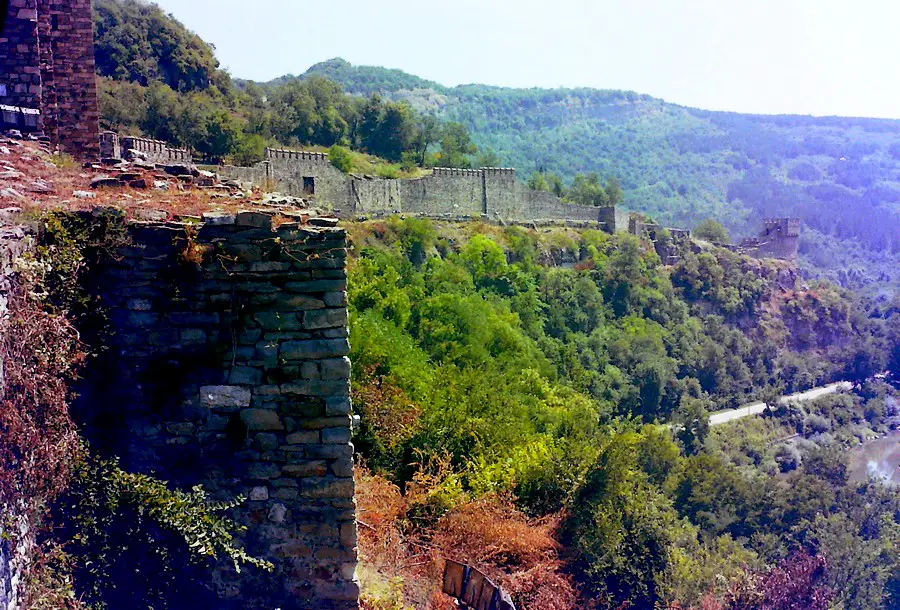
There is something refreshing about the way the tiled houses are lining along the valley, parallel with Yantra river. Seen from the fortress hill, they look like toys, and render a sense of old times and quiet living. Of course, this place was anything but quiet in the last hundreds of years. But the fortress tells people that the old tsars are still protecting the city from the Tsarevitsa, keeping their life and families safe and sound.
From three sides (three hills actually) which are Tsarevets, Trapesitsa and Sveta Gora, the city was always protected. Until it wasn’t anymore, and the ottomans conquered it in 1393. Three years later, the said ottomans ended the second Bulgarian tsarat and effectively made Bulgaria one of their dominions, which will end in the 19th century. It is worthy of mentioning here that the two main Bulgarian revolts against the ottoman power started here in Veliko Tarnovo.
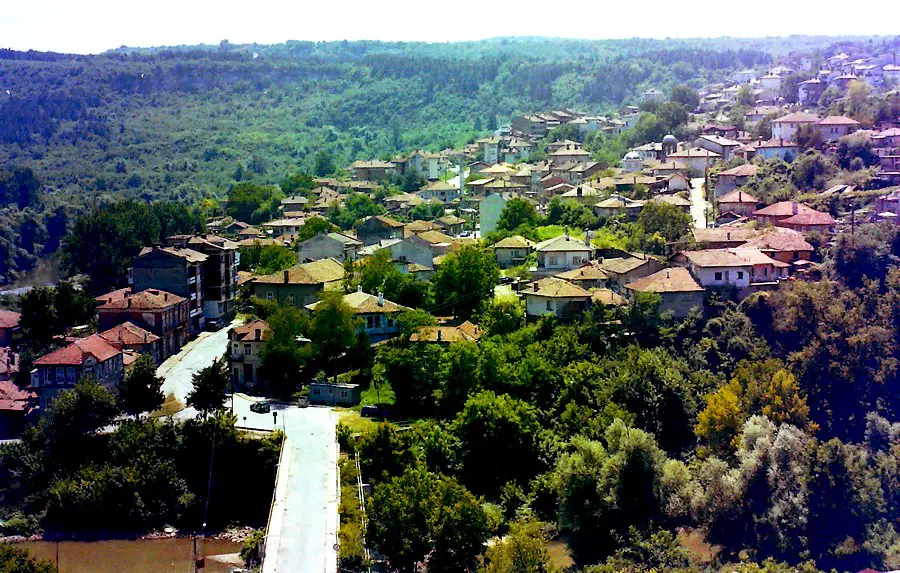
The tourists flock here in their hundreds, to enjoy the scenery and (I have no doubt) to be overwhelmed by it. The old walls of Tsarevets are still standing; of course they were rebuilt where needed to be, and inside the fortress itself the main building were put back to their original glory. Looking at the bridge that access the fortress, one can see how hard was for the attackers to gain entry in the old capital. Because this city was once the capital of the Bulgarian Tsarate, the well-known South of Danube empire. The name, Veliko Tarnovo, means just that: the city of the tsars, and it shows why it was called that.
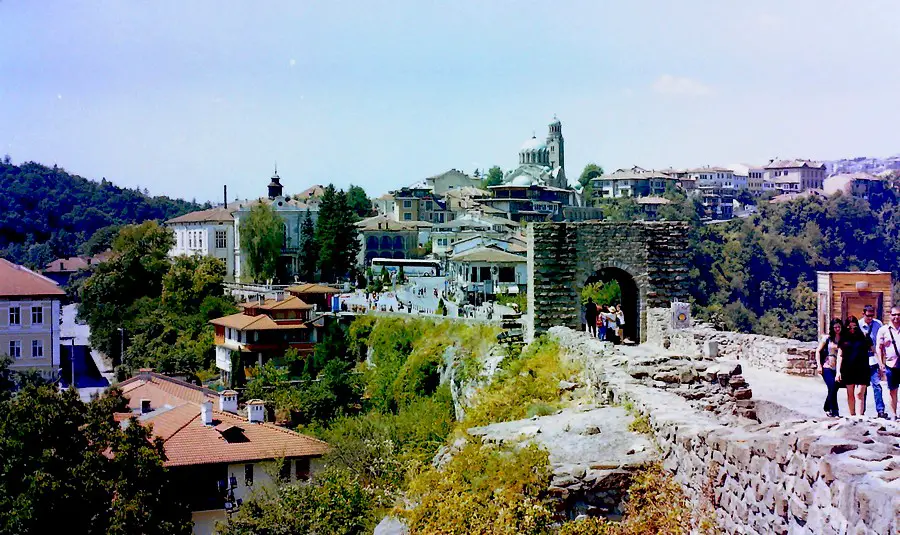
By night, although not every night, the fortress walls are magnificently illuminated from below, in various colours. Wave after wave of red, blue, yellow, green and combinations thereof are displayed for everyone to see, and the fortress comes alive. With a little imagination, one can see the ottomans attacking the walls, scaling them, fighting on the platforms and siege machines battering the fortress. Truly impressive and believe me, unforgettable so.
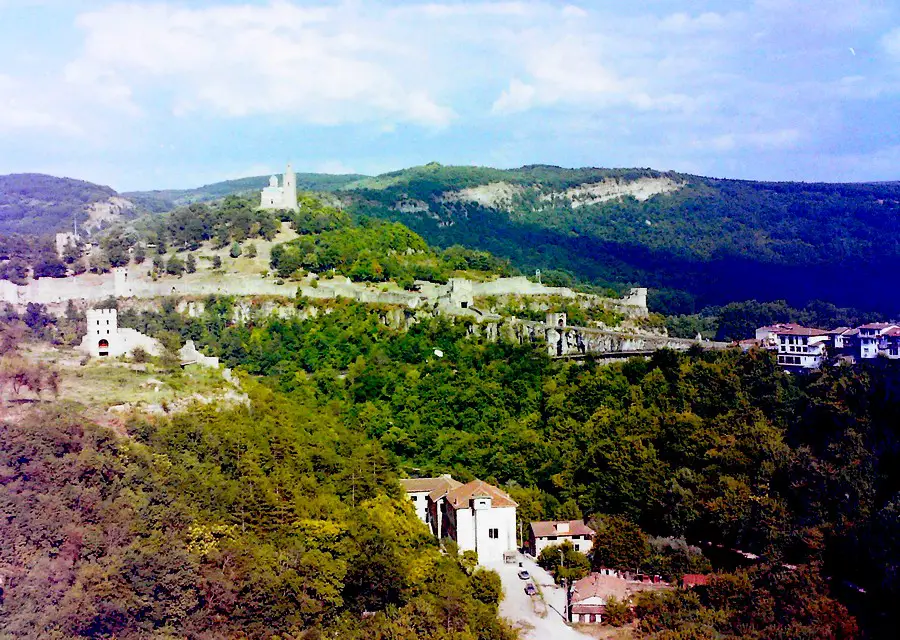
Front view of the Tsarevets hill and the fortress; the old Patriarchal Cathedral of the Holy Ascension of the Lord can be seen (the cathedral was the seat of the Bulgarian patriarch from its construction in the 11th–12th century to its destruction in 1393). On the left, closer is the Trapesitsa hill, from where the ottomans directed their last attack in 1393. A small bastion has been built on the top.
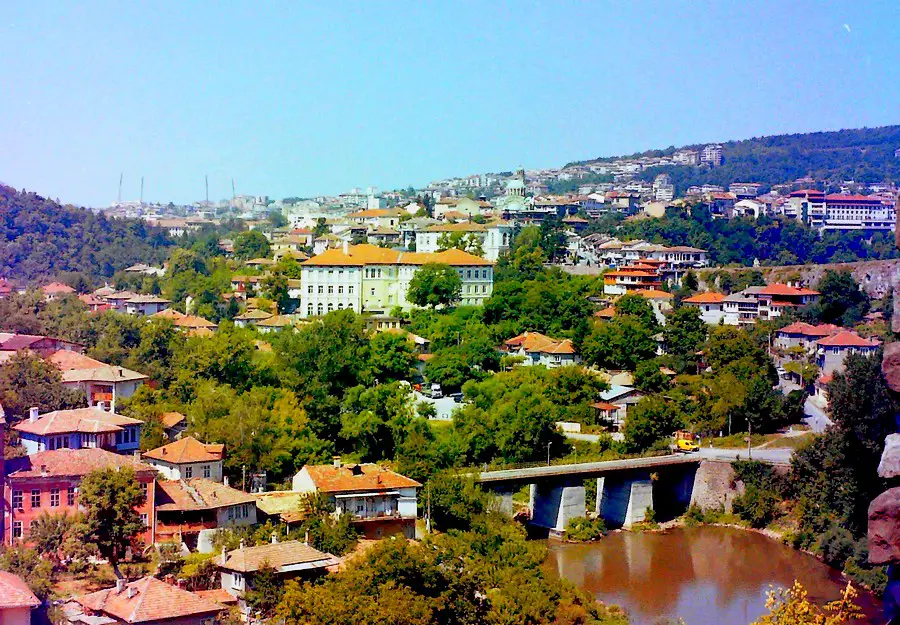
So this is a piece of my experience with Veliko Tarnovo, a city that reminds visitors and locals alike that once, it stood proud as the capital of the tsars. The fortress may not be the same as in its heydays, but it still stays above the city, watching over it like it did in the old days.
These images are part of a film shot with Leica IIIf. The film was an long expired (1988) Azocolor ACN100, processed in C41, scanned negative.
Share this post:
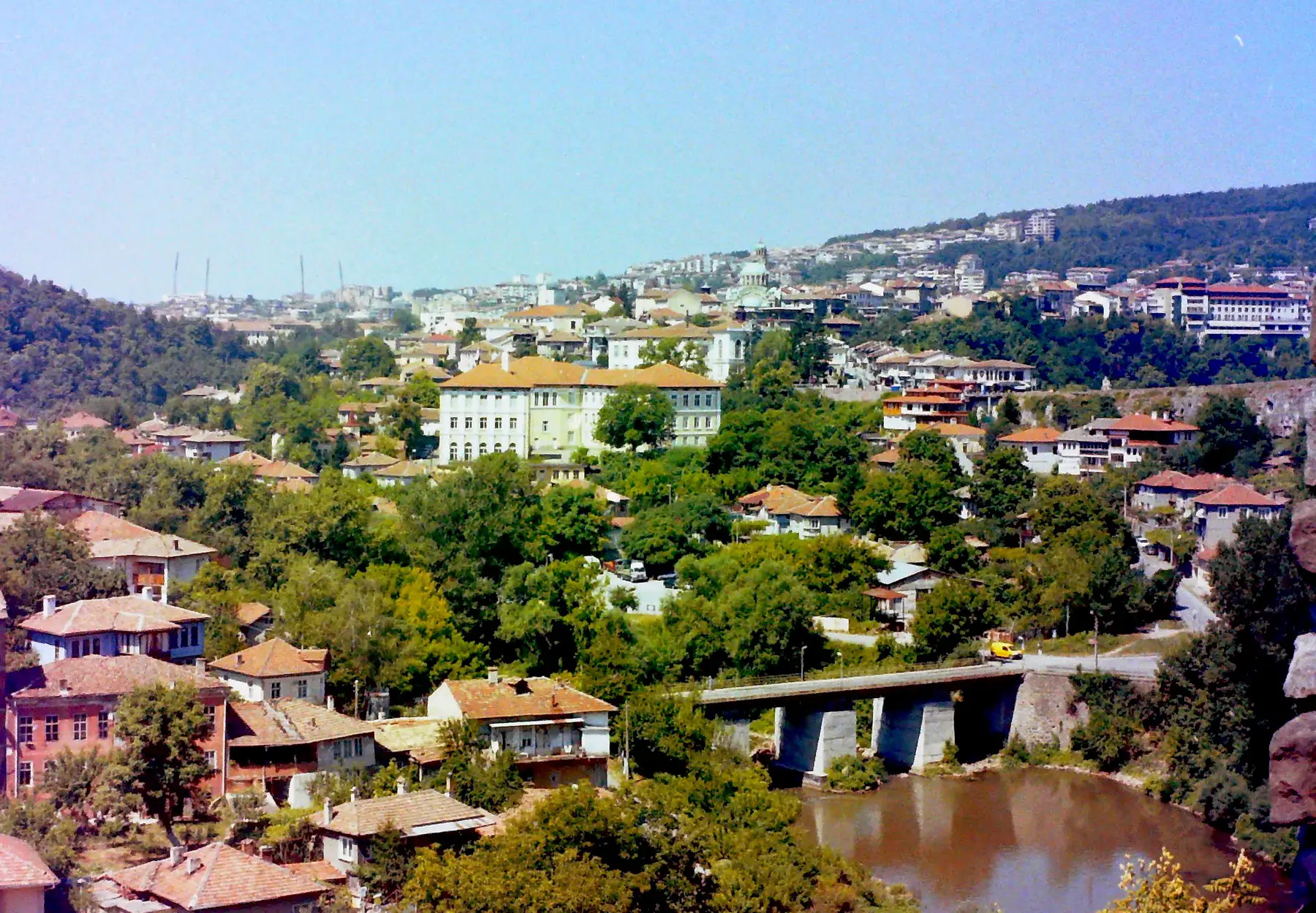
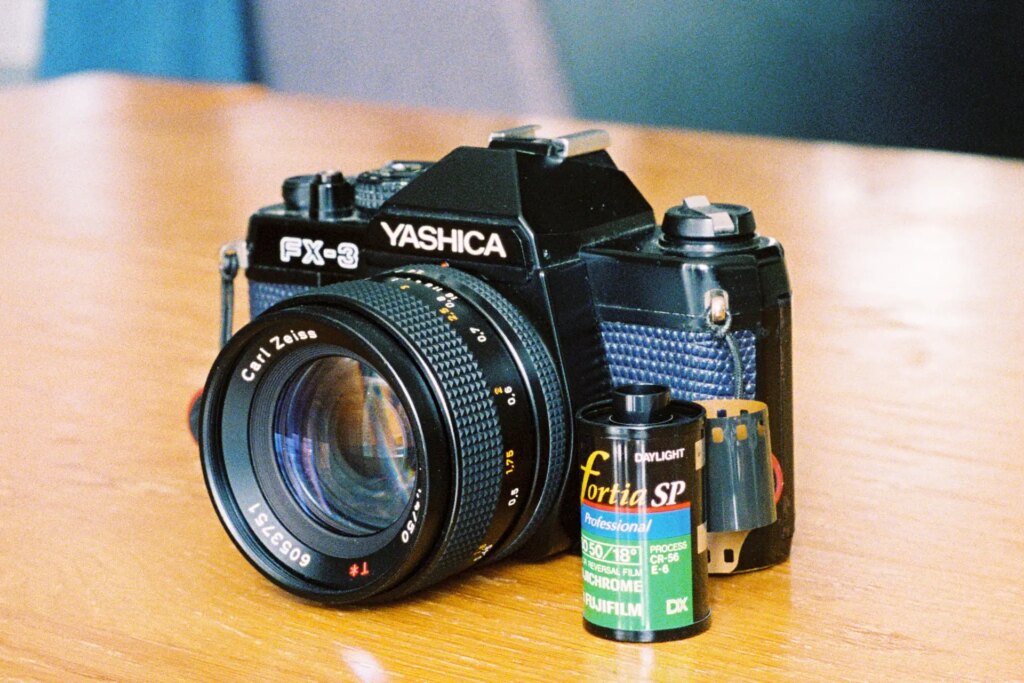
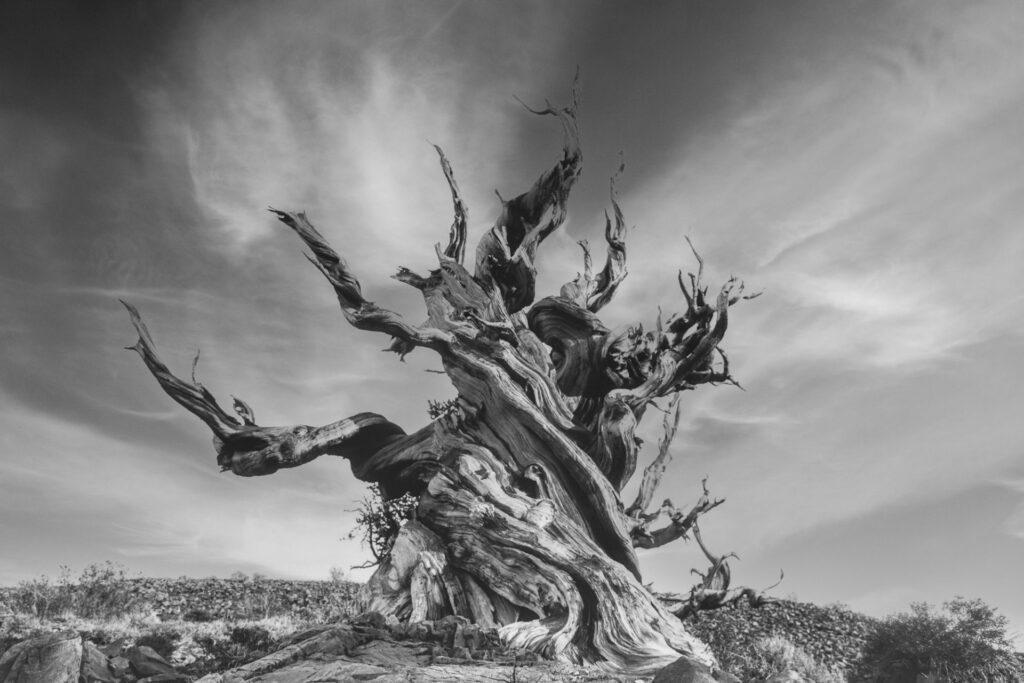

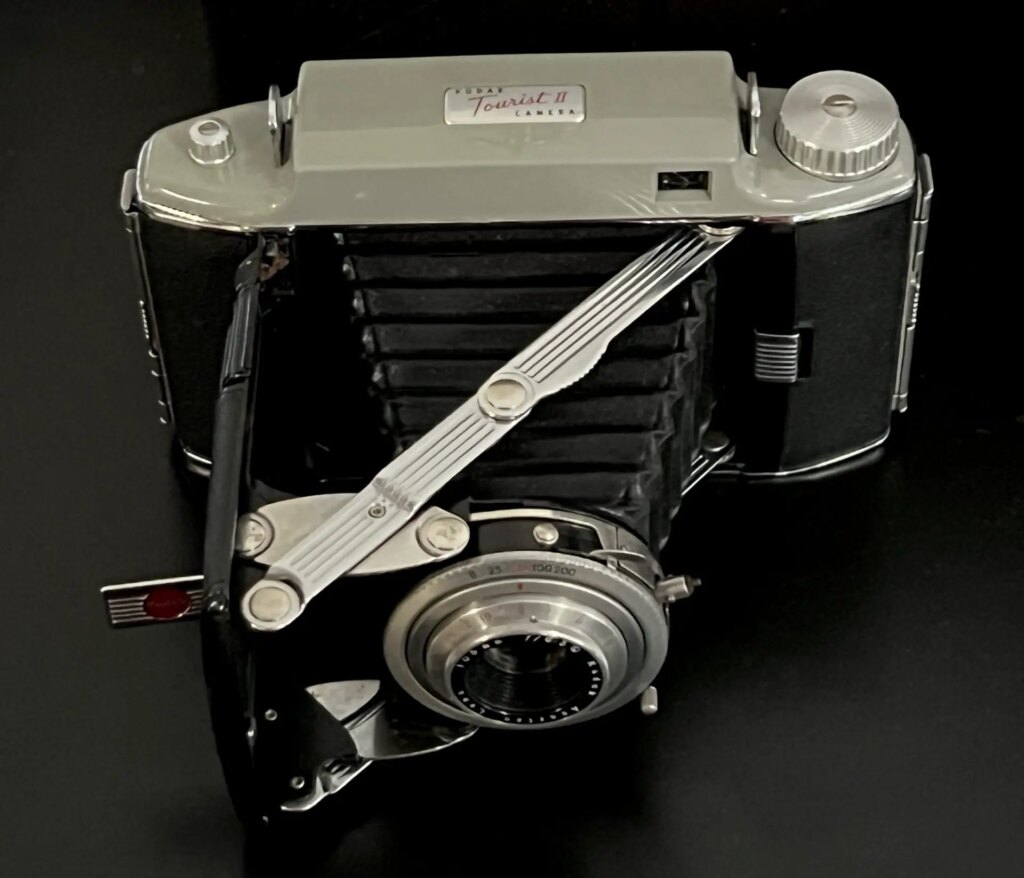




Comments
Peter Roberts on Veliko Tarnovo – a Glimpse into its Past
Comment posted: 07/11/2023
I'm really enjoying these insights into the sometimes troubled history of Eastern Europe.
Comment posted: 07/11/2023
Geoff Chaplin on Veliko Tarnovo – a Glimpse into its Past
Comment posted: 21/11/2023